I’d heard before that being in a natural environment was healthy. Forest bathing and those types of things were always talked up in the Primal/Paleo communities, and hey, I definitely enjoyed hiking, camping, and cottaging and all that. It just feels good. That said – I’ve also always been mostly a city boy. Growing plants and creating a soothing environment were not really something I thought about until recently. This post focuses on some improvements I’ve made in my life this year. I hope to encourage others who could potentially make some similar changes to do so as it has definitely helped me.
Introduction
I was at a crossroads earlier this year. The apartment I’d been living in for coming up on three years was wearing on me. When I chose it, I just needed a place, and wasn’t being too picky. Shopping is not my favourite activity, so there are times I rush through it. Before I started looking for my current place, I was living in my folks’ basement in a lovely suburb (North Vancouver) while they were temporarily living in California. They announced their return, and as a single 28 year old man, I felt a strong urge to continue the independent lifestyle I had been enjoying sans-parents (note: my parents are totally awesome, but you know how it goes).
I assumed it would be pretty temporary; just a place to cook and sleep for a year or two before I figured out something more permanent. To be fair, it’s a good sized one bedroom apartment with a sunny south-facing balcony at an affordable (for me) rent in a trendy part of Vancouver, BC that’s within walking distance of all amenities (grocery stores, gym, restaurants, coffee shops, public transit, SCIENCE WORLD, etc). There was competition for the place, so I pounced on it and got it. It was only the second place I looked at (the first was a brutally cramped place downtown for a couple hundred bucks more per month). So really, I shouldn’t be complaining about it. At first, I knew I had lucked out, and was pretty stoked on it. My generous parents even donated a bunch of furniture they had brought back from Cali, so I was pretty set up! I know, I know, I’m lucky. I definitely am 
After a couple years though, I was getting pretty sick of my place. To be sure, I never loved it. It was functional and good enough, and that’s all I needed, but the little things started to get to me. If I were to state what I didn’t like about it, it would be the very run down building (apartment itself was ok, building is old and poorly maintained), the heating system was either full blast or super cold, I had no garden space (third floor), and my largest issue: that south-facing balcony looked directly out on a commercial alley (restaurants and stores) which was right off one of the busiest streets in Vancouver (Broadway). It was noisy, sometimes smelly, there was lots of traffic through there (motorcycles are loud), and I saw multiple arrests happen right out my window (one of them involving an intense chase down). To give you an idea, check these photos:
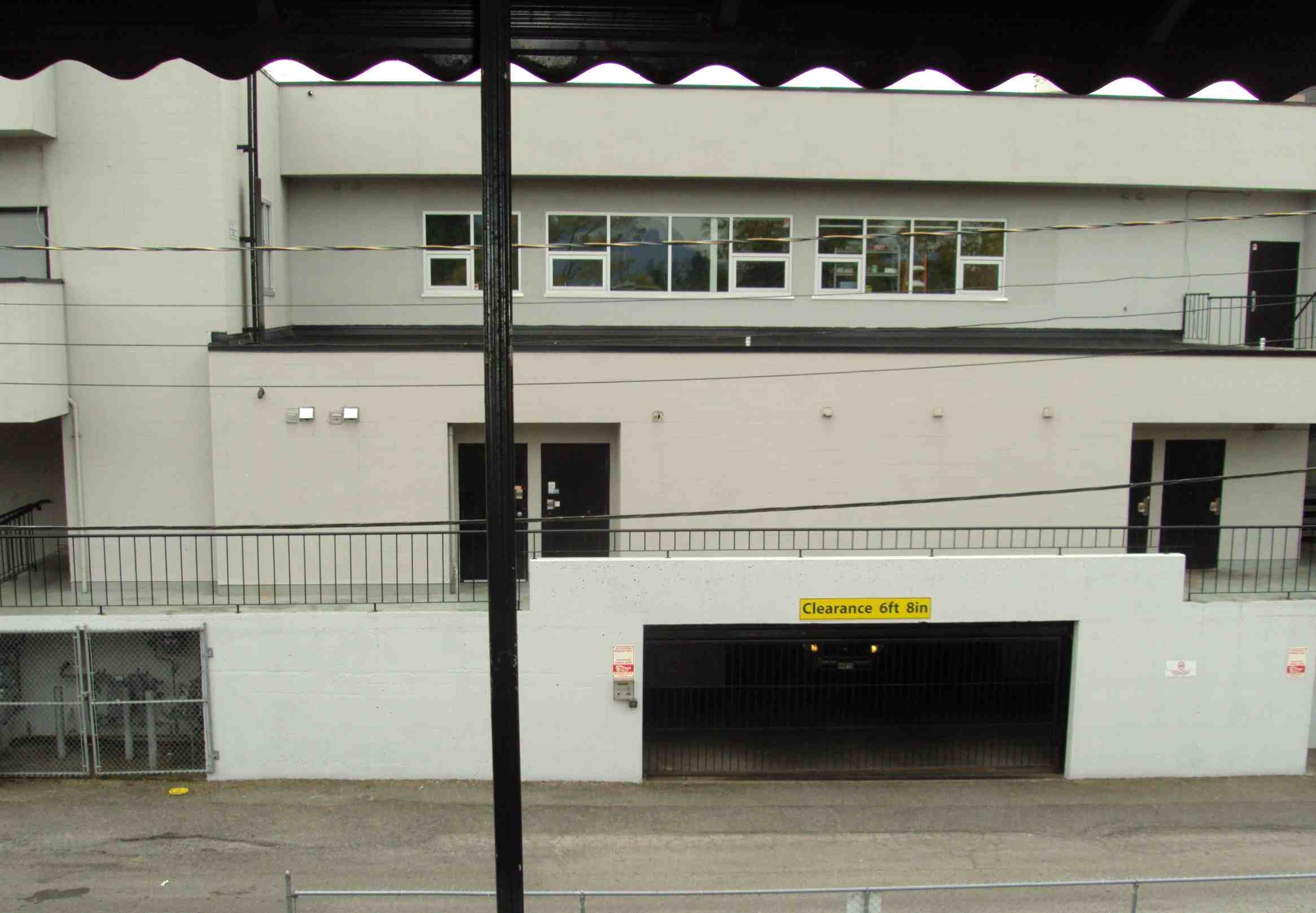
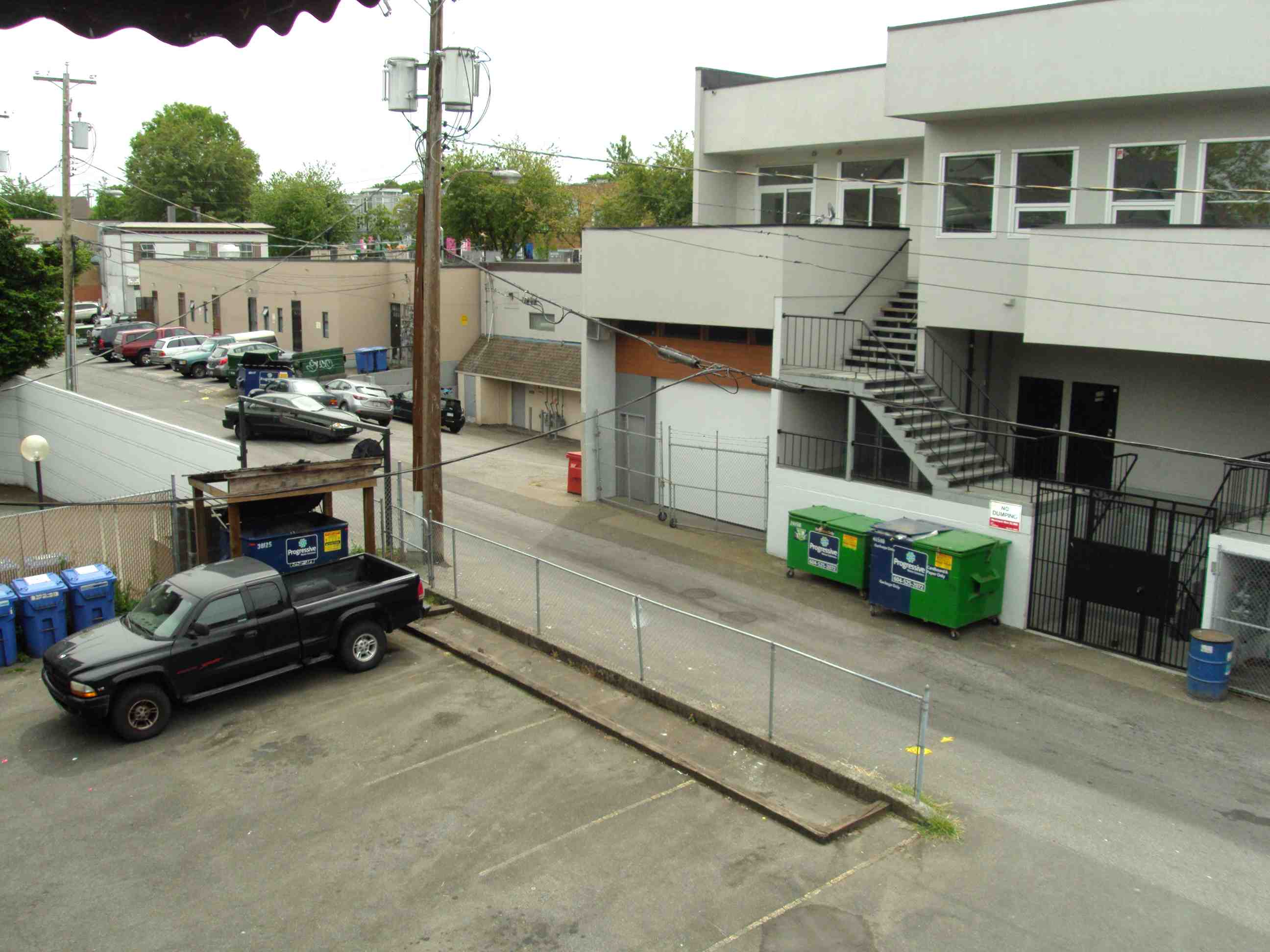
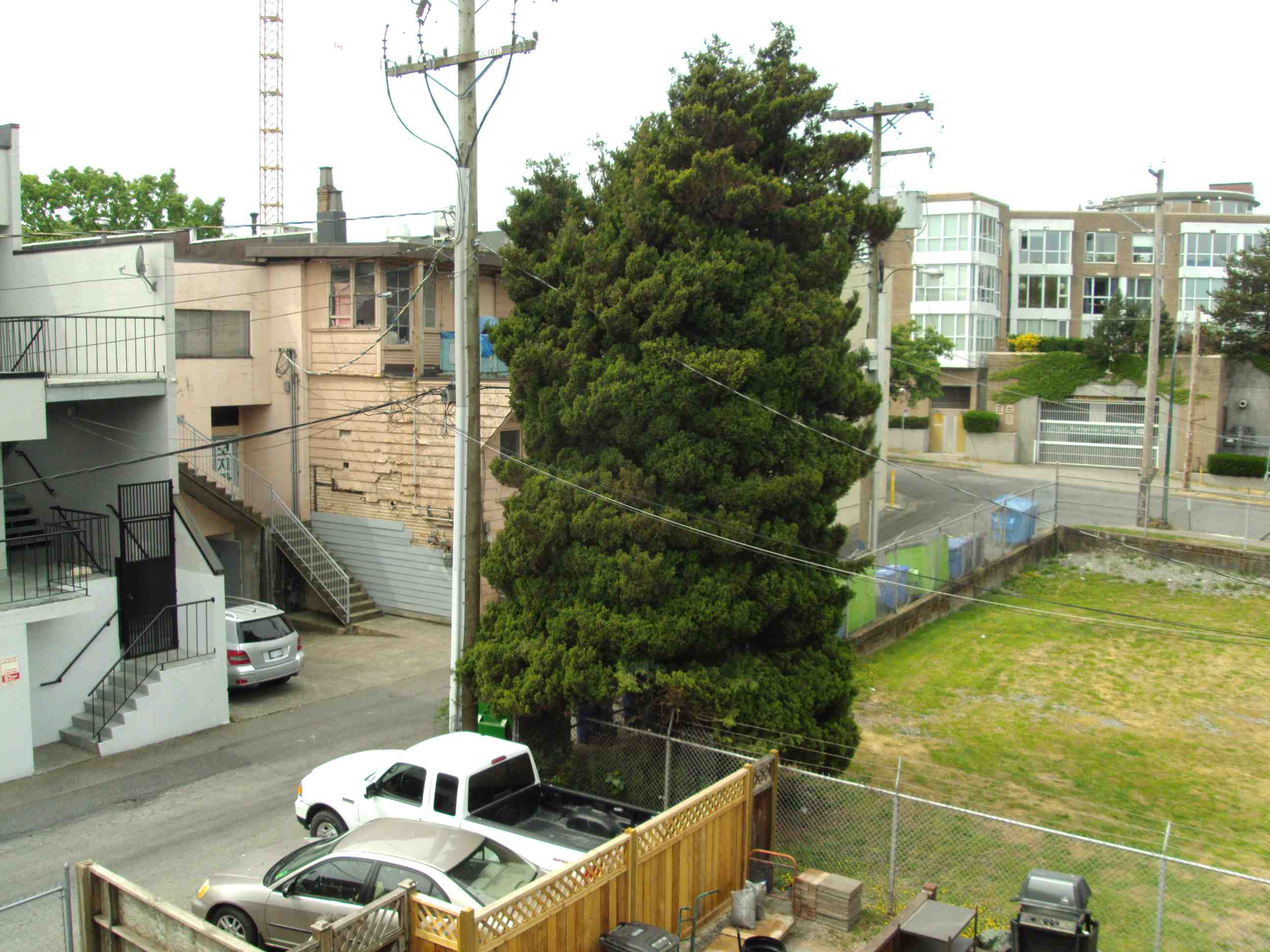
 That lawn belongs to a rectifier station. On top of that rectifier station, I estimate there are 400 pigeons living there.
That lawn belongs to a rectifier station. On top of that rectifier station, I estimate there are 400 pigeons living there.I was just a bit…on edge in my apartment. It wasn’t relaxing and healing. It was sterile and noisy and I didn’t feel very relaxed there. I was doing my best to avoid being there, and only go there to crash, and it got exhausting. A first world problem, yes, but it was impacting me negatively. I was…grumpy, not sleeping well, eating too much, and had a lingering infection that just would not go away (which probably contributed to the grumpiness). Combine this with a 40 minute by car commute to work every day, and although I am grateful for my mostly-easy existence, there was a feeling of dissatisfaction that I couldn’t shake.
My first thought was to move, and I put serious effort into that. Turned out rent had gone up quite a bit in three years (Vancouver…), a lot of the less expensive options were in isolating and fairly car-dependent neighbourhoods, and the roommate situations that were available didn’t feel quite right (usually on both sides). So I made a decision – I was going to double down on my apartment, and make it as nice of a place as I could! I hadn’t put any effort into decorating it since I moved in, and other than one tomato plant per summer, really had no plants or anything alive in the place other than me! Well, and pigeons on the balcony. Lots and lots of pigeons. Oh man, the pigeons. There were some things I couldn’t change (the alley, the building, the pigeons), but there were other things I could change, so I decided to focus on those.
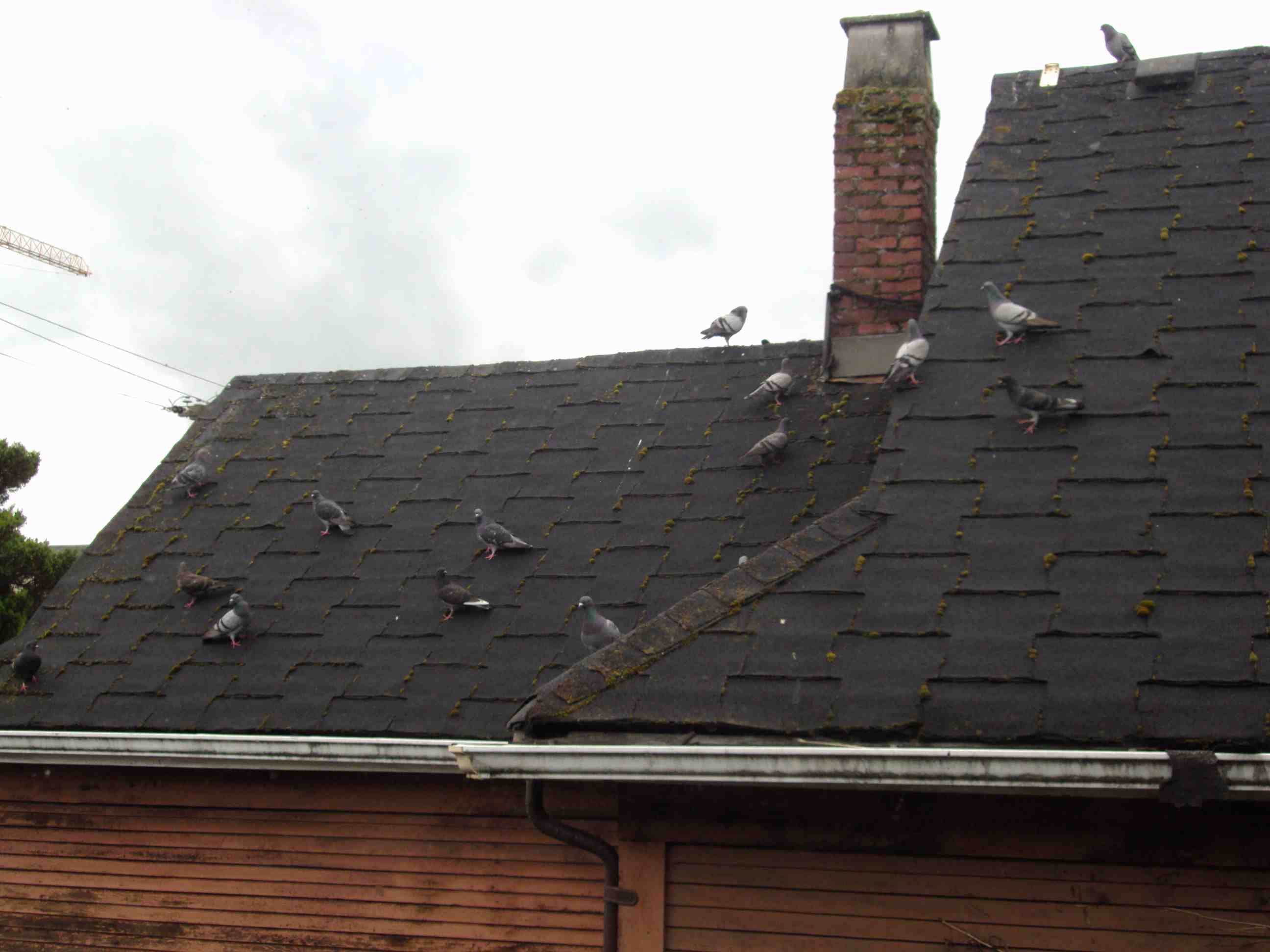
What to Change? Let’s Turn to Science!!!
Right around this time (April 26th, to be exact), my friend Luke Smeaton of Lighthouse Sustainable Building Centre invited me to come see a presentation his group was putting on called Nature, People, and Design. I’m generally interested in that kind of stuff, so I made my way downtown to check it out. There was a variety of presenters that all had a different focus, but the main theme of the morning was that the environments that humans spend their time in have a huge impact on our emotional state and ability to recover from stress.
The first presenter to provide real information on this topic was Kaitlyn Gillis, of Lighthouse Sustainable Building Centre. Kaitlyn, who holds a Master of Science in Environmental Psychology (I definitely did not know that was a thing, but it sounds awesome), presented information on just how much being in a more natural environment is an advantage for stress reduction and recovery and health in general. She talked about how modern research on the subject suggests that we have a biological need to be in touch with nature for our health and well being, and observed that current societal trends reduce our contact with nature. Well shucks! Ain’t that the truth.
Apparently, your average North American Jane/Joe spends 93% of her/his time indoors (87% in buildings, 6% in vehicles). Yikes. I can relate. So, what are we to do with these types of numbers? Well, the answer may lie in what’s called biophilic design, which is defined as integrating nature and natural processes into the built environment. Sounds peachy to me. What are the characteristics of nature these biophilicists (I think I made that word up) are thinking about? They are:
Direct experiences of nature:
- Light (helps you sleep too!)
- Air
- Water
- Plants
- Animals
- Weather
- Natural landscapes and ecosystems
- Fire
Indirect experiences of nature:
- Images of nature
- Natural materials
- Natural colours
- Simulating natural light and air
- Evoking nature
- Information richness (I don’t understand this one)
- Age, change and patina of time (patina means a weathered layer on things)
- Natural geometries
- Biomimicry (literally using technology to mimic biological processes)
The logical side of my mind immediately wanted measurable proof, so I was pleased when the next slide cited a study where gallbladder removal patients (cholecystectomy) were sent to recover in rooms that either had a view through windows of a natural space, or just a plain brick wall. Which patients do you think fared better?
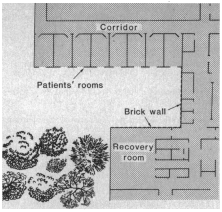
According to the study, the patients that were in the rooms that had the windows with the view of the natural environment had shorter post-operative hospital stays, received fewer negative evaluative comments in nurses’ notes, and took fewer potent analgesics than the patients that were in the boring room with the brick wall. The authors suggest that the positive feelings elicited by the natural view reduce fear and stress, and may block other stressful thoughts which could lead to greater recovery potential. Personally, without even knowing this, I would take the room with a view over the brick wall every freaking time. According to Kaitlyn, biophilic buildings (which are much more than a window with a view), allow us the opportunity to thrive.
Another presenter, David Fell from FP Innovations, showed the health benefits of using wood in construction. Turns out, humans really like looking at and touching wood (haha). Fell presents information on the human stress response when in contact with different types of wood. Long story short – the stress of apprehension of a stressful event is mitigated by being in a room and/or in contact with wood compared to a room with no wood. While in the stressful situation, the room was irrelevant (wood/non-wood differences were insignificant), but the wood rooms provided much greater recovery from stress than the non-wood. We humans like wood! (again, haha). Fell goes on to cite more research on the effects on wood on humans in built environments:
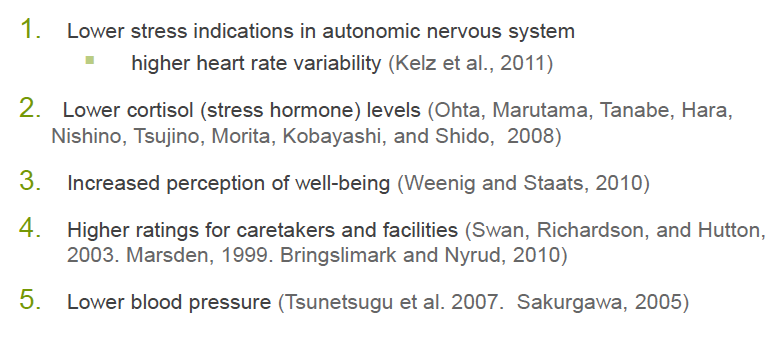
There were other excellent presenters as well that made the case for nature = good for humans, but I focused on these two because they applied the most to my current situation.
By getting more life into my living situation, could I produce a more restorative, relaxing, healing environment? A place I was happy to come home and chill out in?
The place to start was the balcony, so I enlisted my good friend Chris Gordon who was visiting, and we got to work. Oh yeah, Mike Cliff also helped. Thanks, dudes! I also set an intention for this project through Jesse Lemieux’s (of Pacific Permaculture) Permaculture Kickstarter course. He helped me frame what I wanted out of this. The intention was set!
The Balcony Transformation
So – to create a better balcony experience, and produce a view out the balcony window that I would actually want to look at, I decided to focus on plants, and bare wood. For plants, a combination of pots and planters was the decision, and for wood, I figured a cedar lattice would provide that woody outlook I was gunning for, and maybe block out the alley a bit.
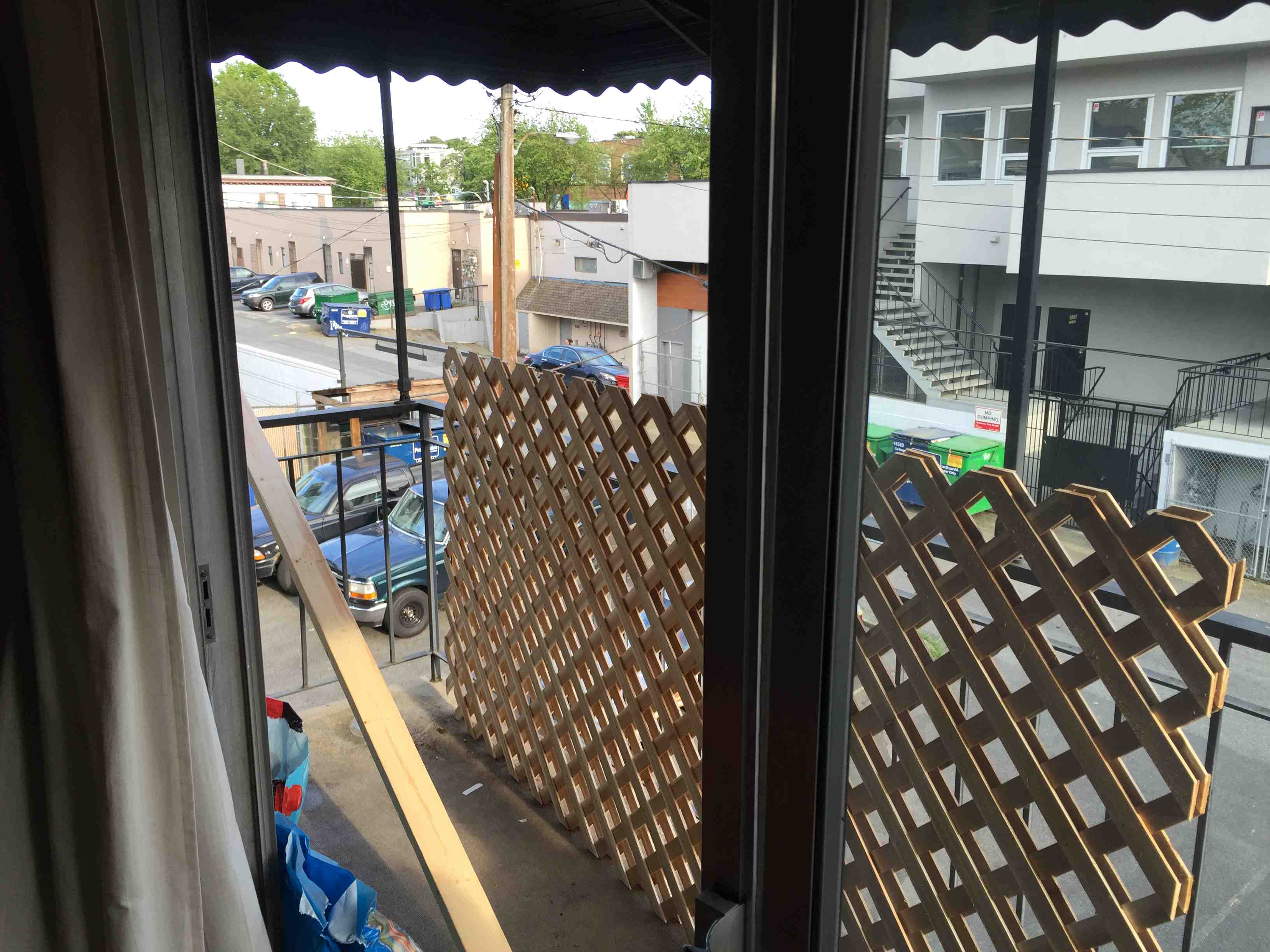
For plants, I wanted more wood! I got an idea for a self-watering/self-wicking planter box from my friend Jesse Lemieux’s youtube video where he does this with plastic containers. My buddy and I figured we could make our own planter out of cedar (more bare wood!) and make a waterproof basin at the bottom to provide water that would wick up into the soil. This feature was important as I could fill the basin and then leave for a few days at a time, and everything would be happily watered and keep growing. I’ll make another post on how I made the planter after this one, but here’s the finished product on the left-side of the balcony:
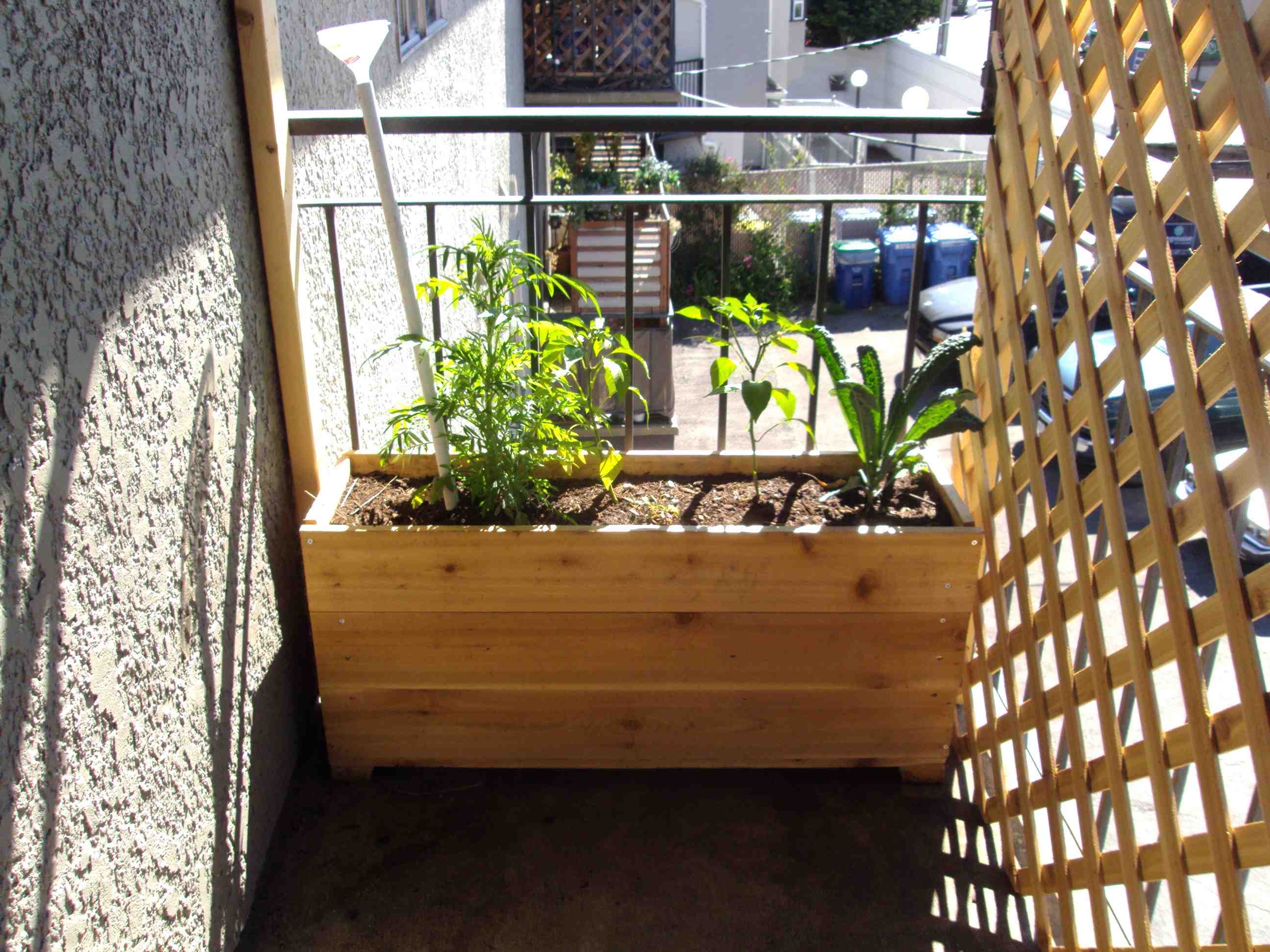
In addition to the planter, I gathered up a bunch of pots and filled them with soil and threw in some seeds. I watered them every few days (more when it’s hot out), then BAM! I had plants galore. Check out the other side of the balcony. Note: those big pots (red and black) are also self-wicking! Turns out you can just buy them. Quite frankly, however, they aren’t as good as mine (no slick contact points) but they do have a large water basin. They are a good option for thirsty plants like tomatoes so you can roll out for a few days and not freak. Also – I bought that hanging flower basket and mounted it up. Next year I’ll have to plant the flowers myself! (Orrr…buy another one? haha). The owl is a total bro – he scares off the majority of the pigeons. Not all of them, however (see droppings on the railing. They also try to nest occasionally…). Chris Gordon also put in a cedar shelf there. That’s where I put my coffee cup in the morning when I hang out and drink coffee.
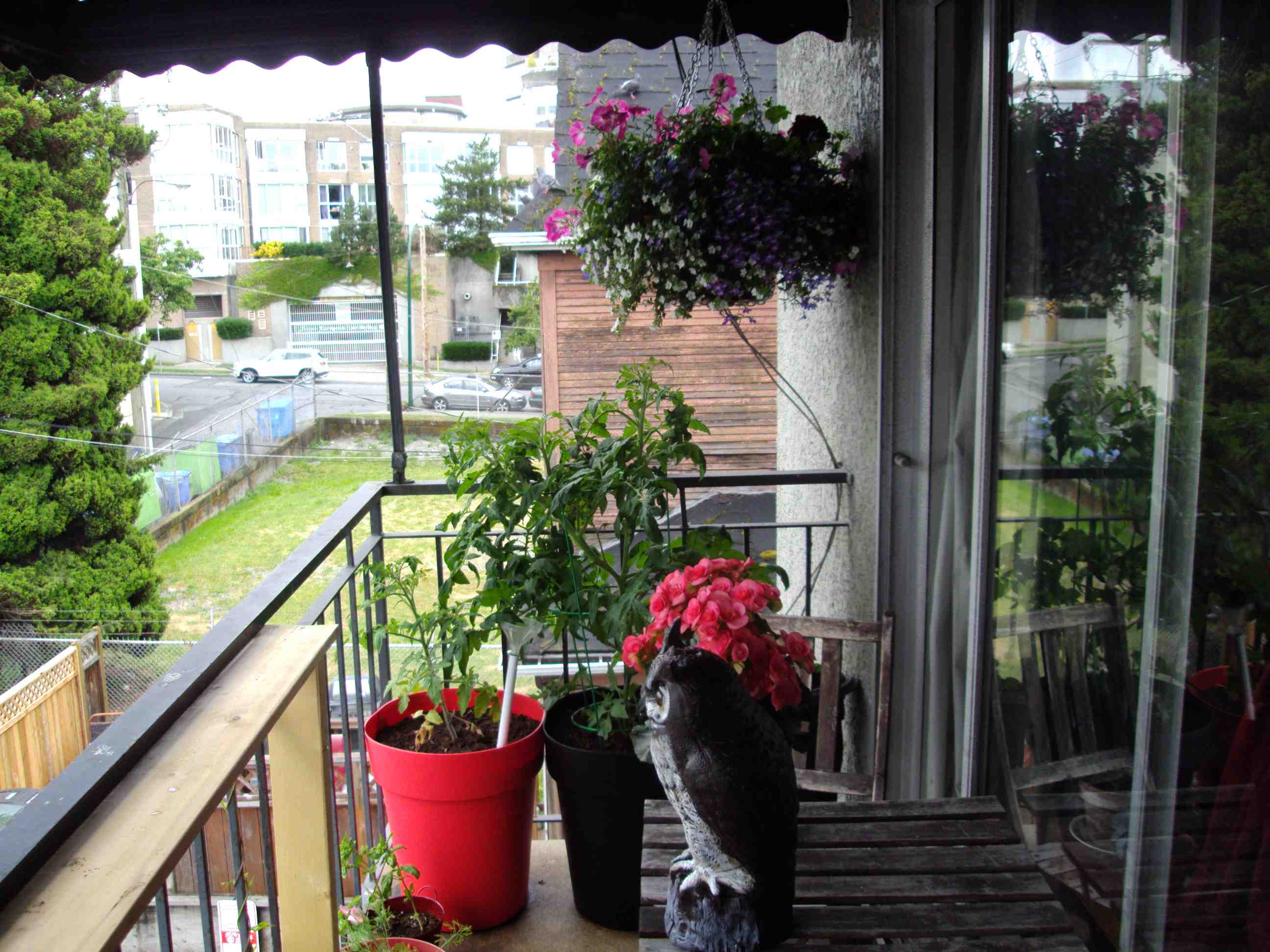
I even put in a “climber” plant. I didn’t think it would do anything for a long time, but eventually it did as advertised!
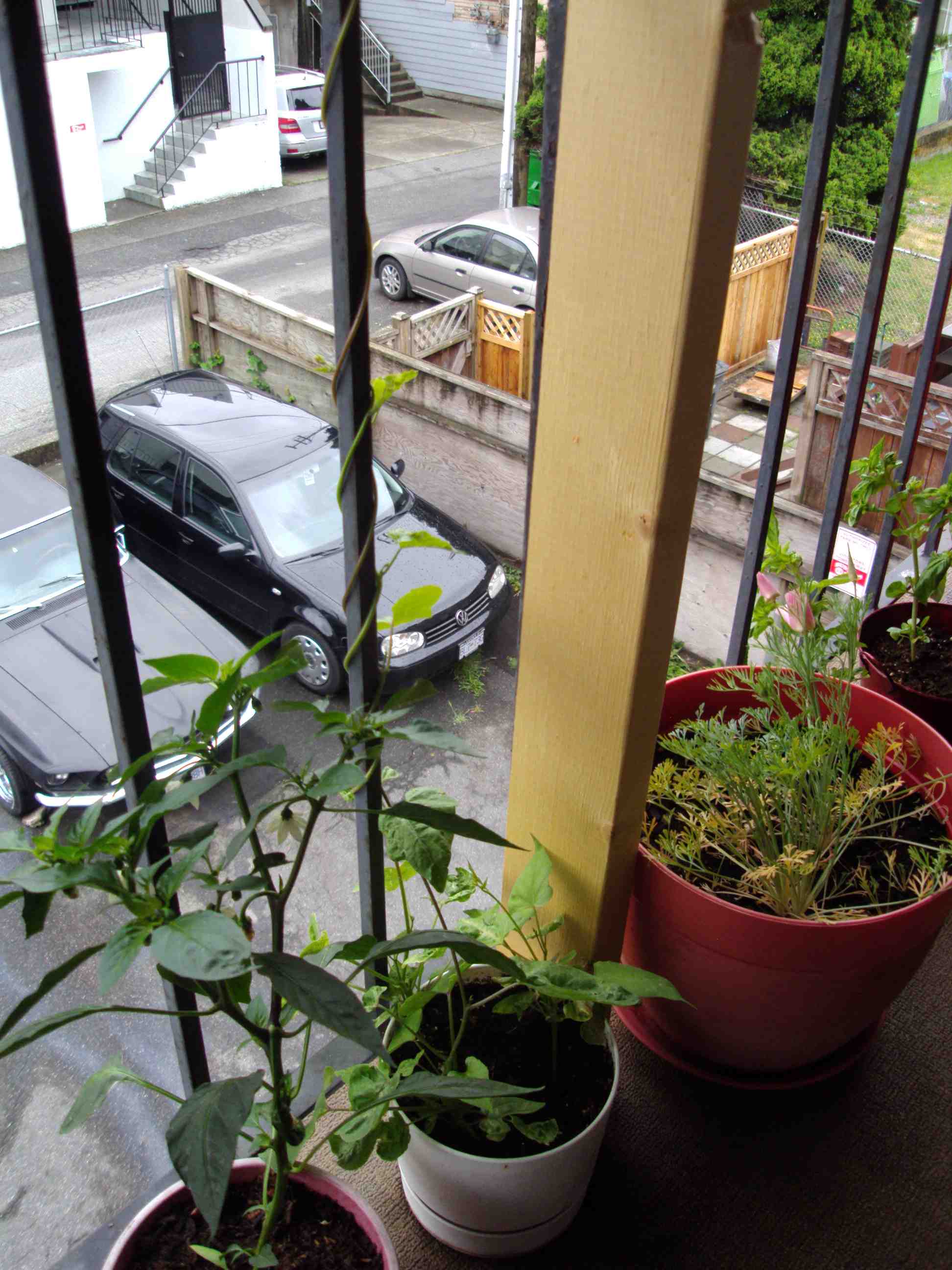
After all that, here’s what I look at from inside nowadays, as compared to pure alley:
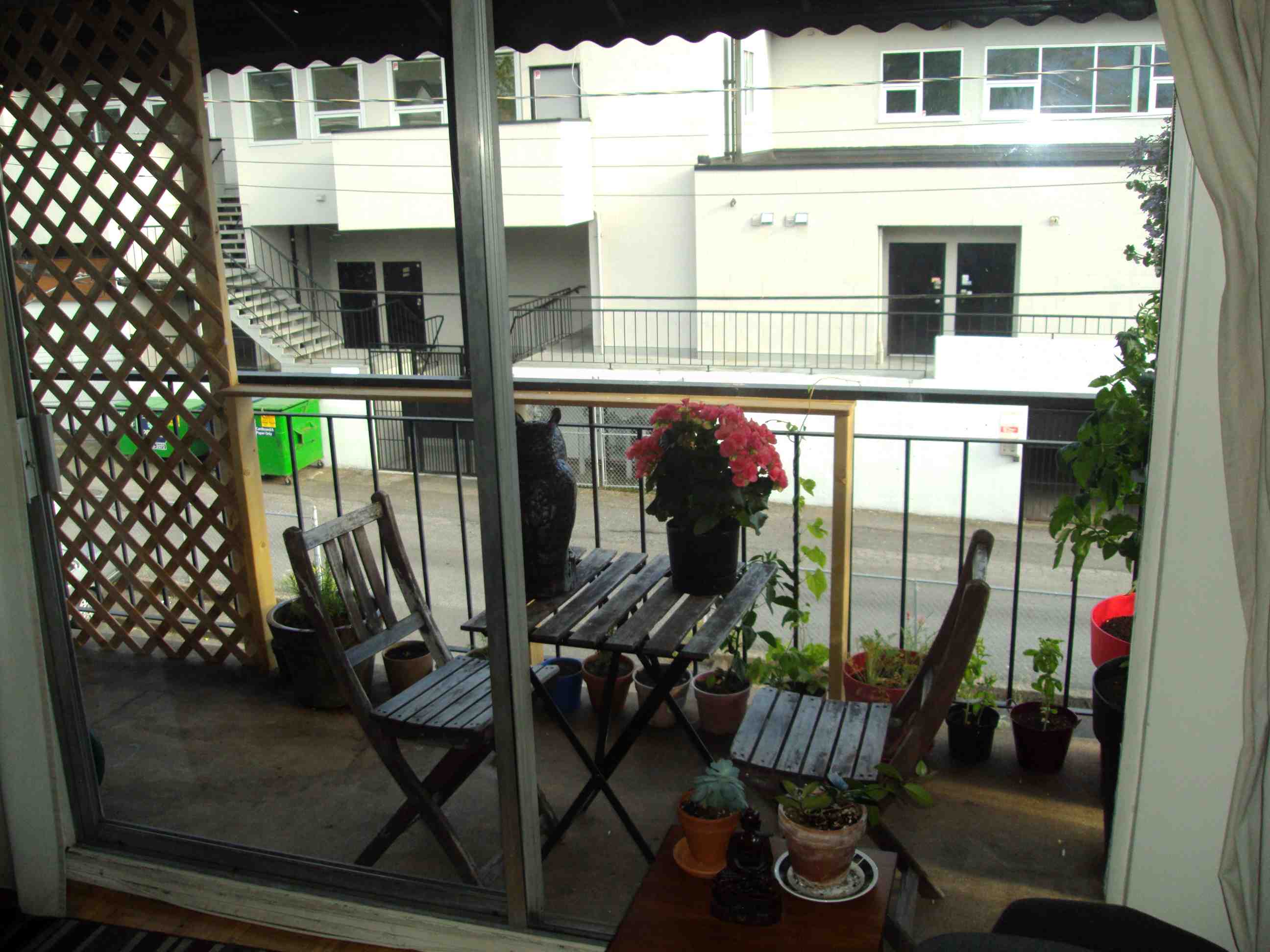
Why stop at the balcony? Below are the little gardens I’ve set up on the side window, and the window in my bedroom. Note: choosing cacti and the like make for very low-maintenance plants.
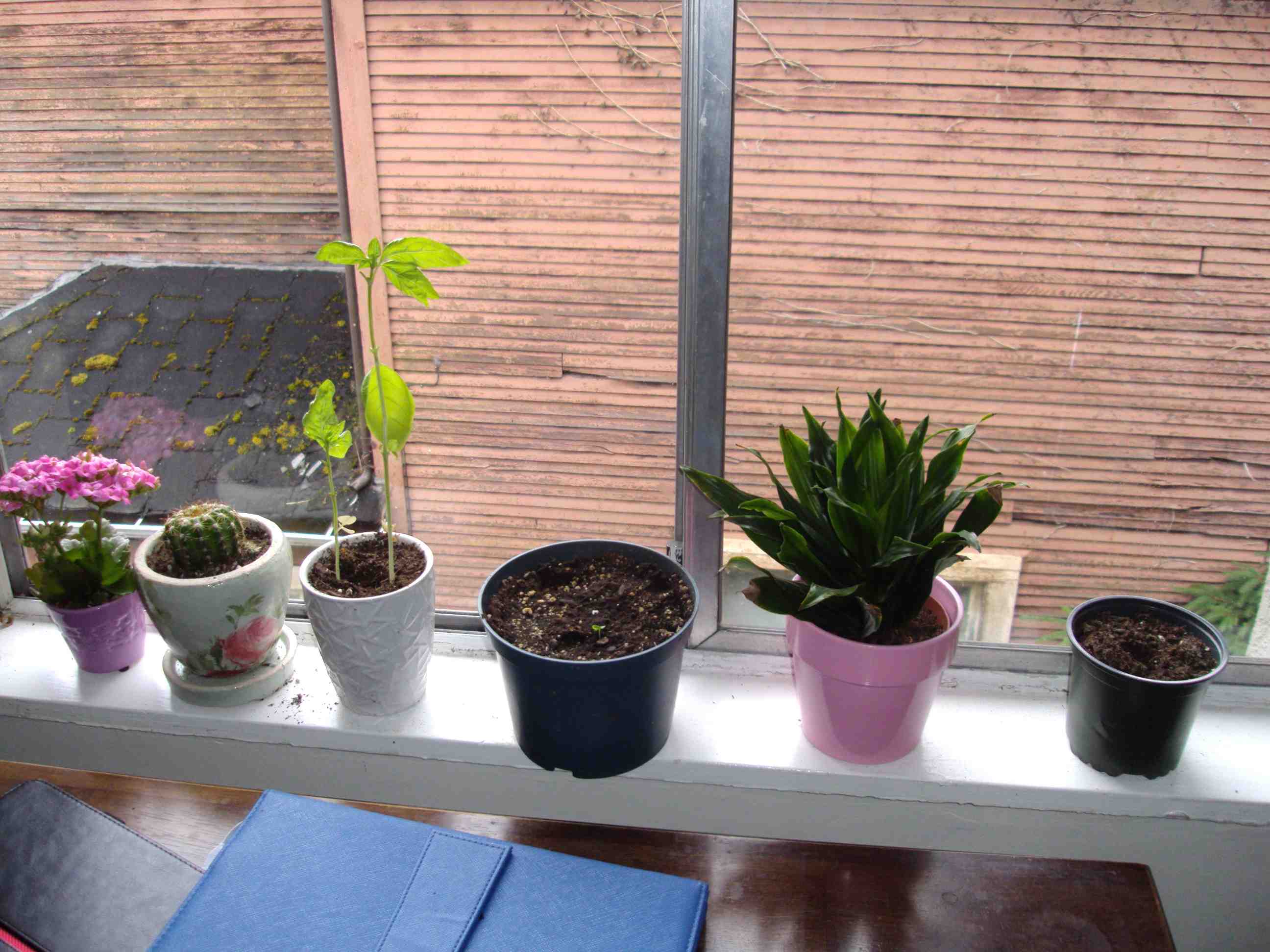
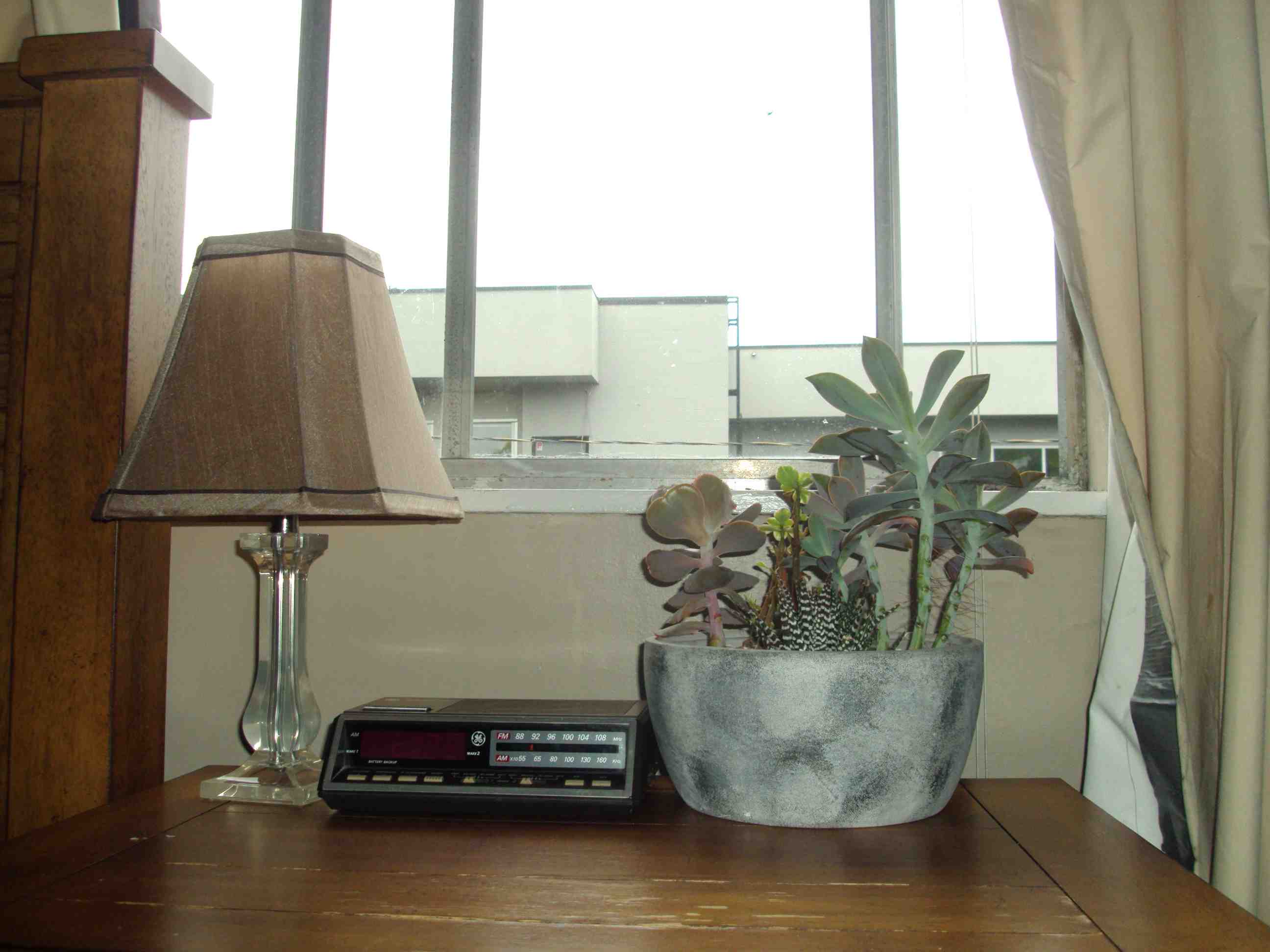
Conclusion
You know, my place is still not perfect, and it’s never going to be. I also understand that to the seasoned decorator, what I’ve done is no big deal. That said, I have learned through the outcome of this small project that creating as natural an environment as possible within the built environment really does have an affect on me when it comes to stress recovery. I’m actually pretty stoked to go back to my apartment now and see my plants and how much they’ve grown (the one tomato plant is getting out of control!). Although the noise and the pigeons are still factors, I do find myself just pleased to look outside at bare wood and plants, which is relaxing and provides a more soothing environment. I like showing them off too, and I’m truly not used to showing off my apartment 
I spent the last weekend on Saltspring Island with Chris Gordon (planter builder extraordinaire) and his mother and brother where I was immersed in a forest environment and sleeping in a beautiful wood cabin. Hot damn it was relaxing. Check the place out here:
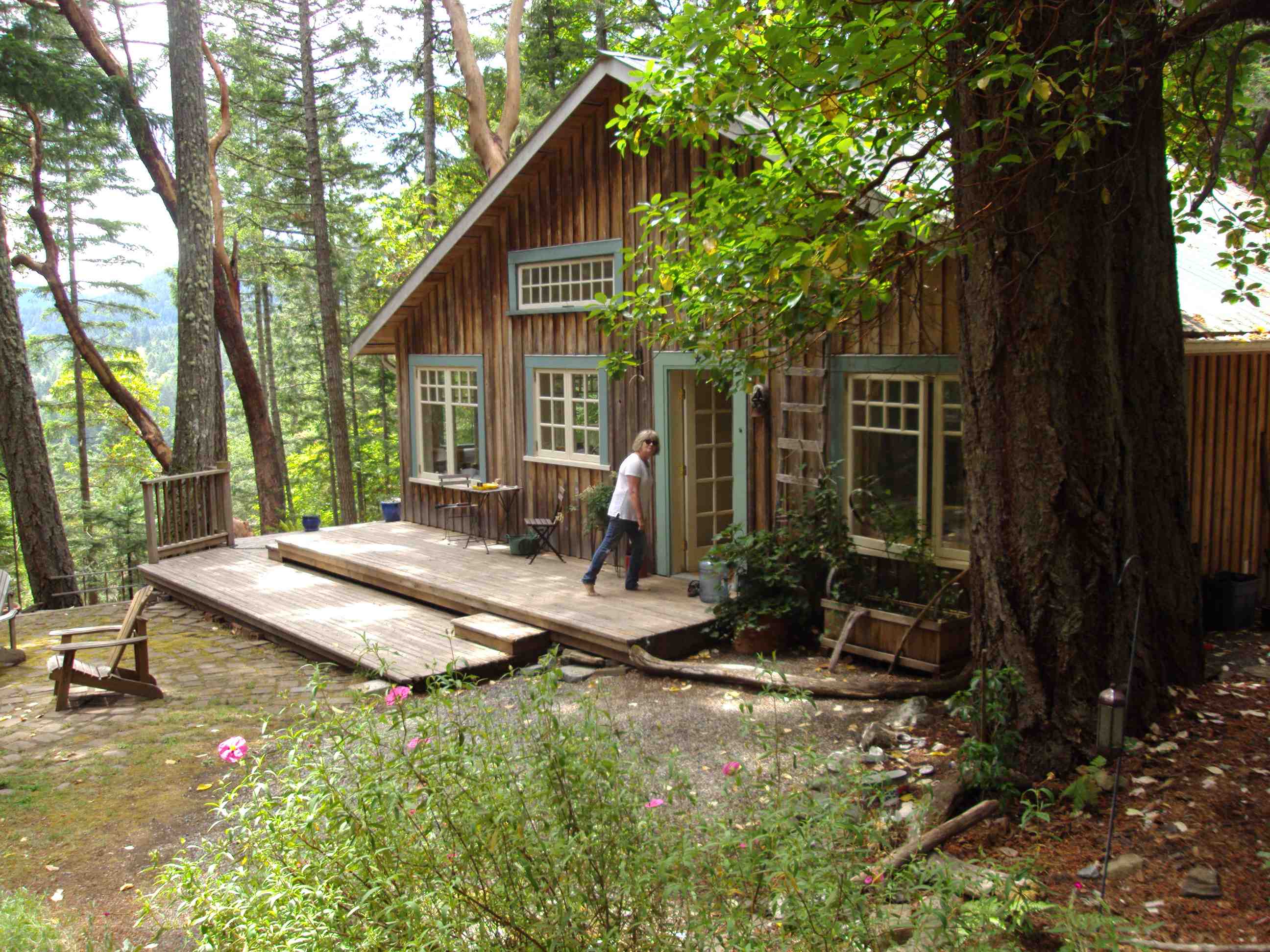
Now, a setting as natural as that, although not very practical for a career (at least mine), provides a very relaxing and soothing place to bring yourself back to earth. I slept beautifully, and felt at ease nearly the whole time. My base level anxiety was noticeably lower. Thankfully, my family has a cottage in Ontario where I can spend time in the summer, and that combined with my balcony plants and a couple camping trips will have to suffice, but living off in the woods doesn’t sound nearly as crazy as it did when I was a kid.
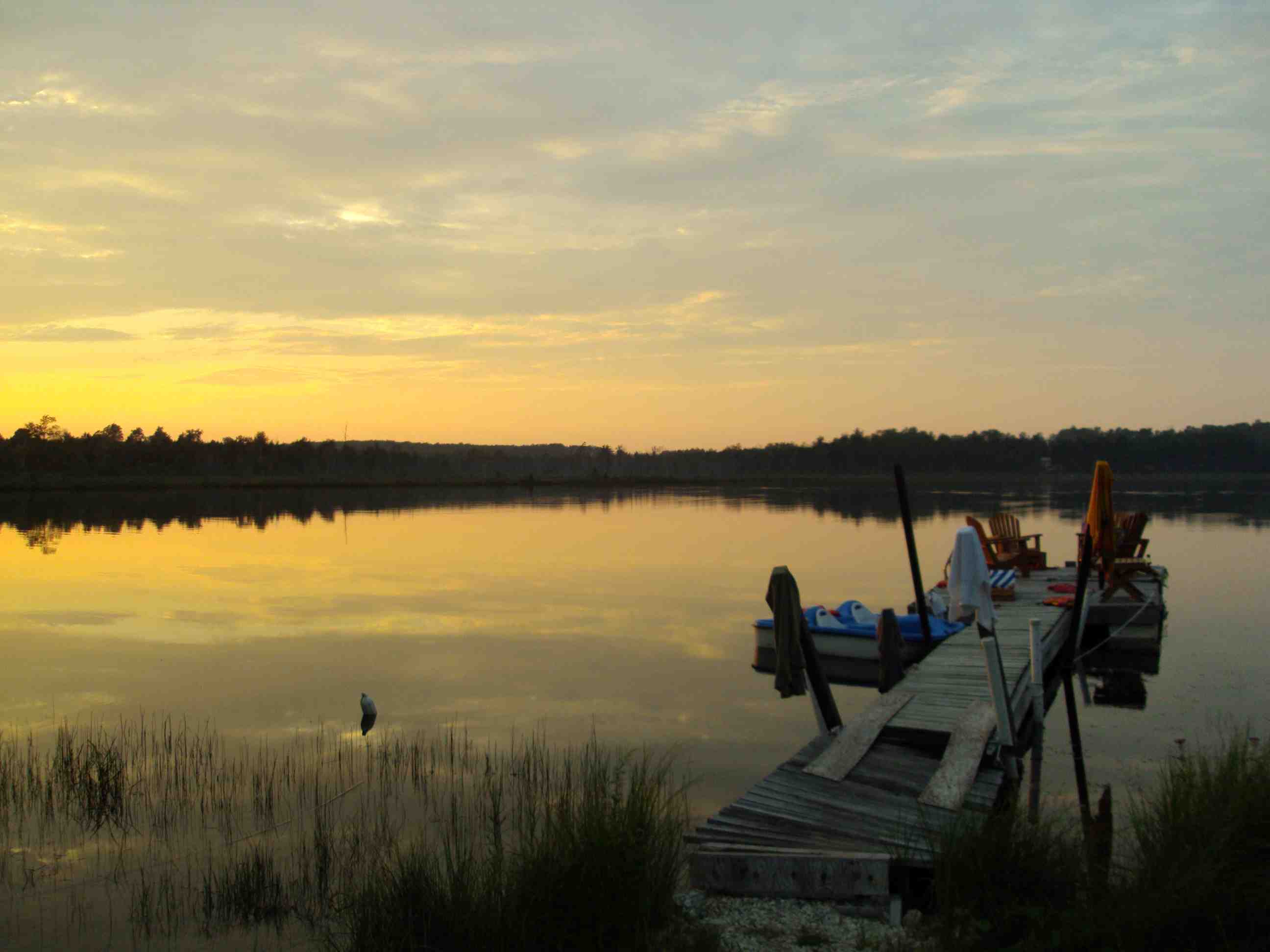
I hope this post inspires someone to improve their environment. It’s important! Eating, sleeping, and exercising are all very important too, but I’m now paying more attention to my surroundings as well. People with sterile city apartments, I know you’re out there! Plants and wood can help! What say we bring some of these biophilic buildings to life? I’d give it a try! Imagine cities that look and feel like nature…is it possible?
Until next time, get some nature! Anywhere you can.
Graham
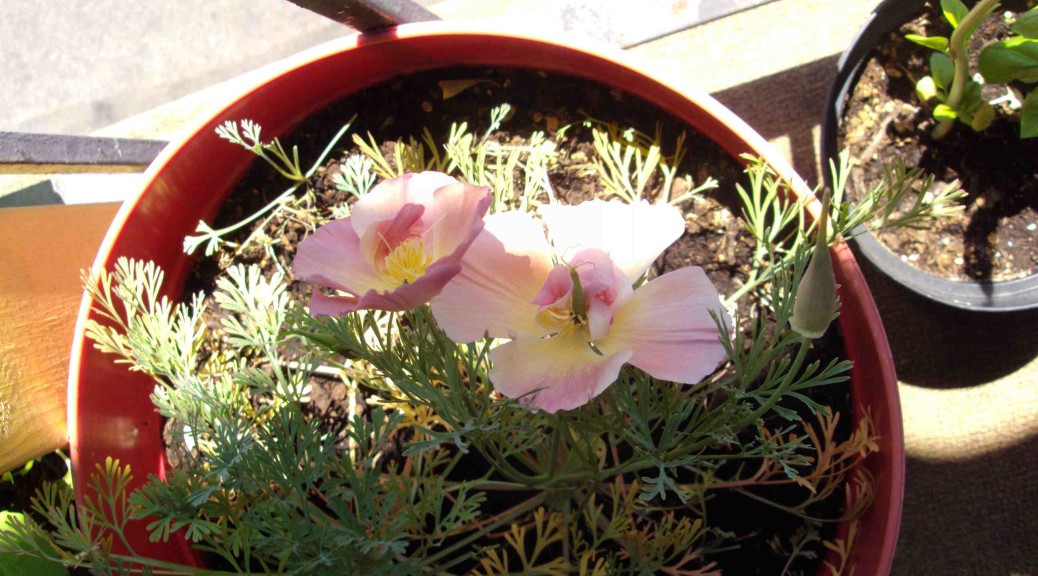
Good for you for being self-aware and realizing you do have control over your environment! Your balcony looks sweet! Perhaps you should invite us over for a visit!
Perhaps, indeed! Honestly though, your place is still way better, haha.
Thanks for the comment!
Awesome G-ball!
Thanks, Jenn! Thanks for reading.
Great read! Your place looks fantastic. I’m going to go buy some cacti this weekend.
Cacti are awesome. They actually like it when you don’t water them often!
Thanks for the comment!